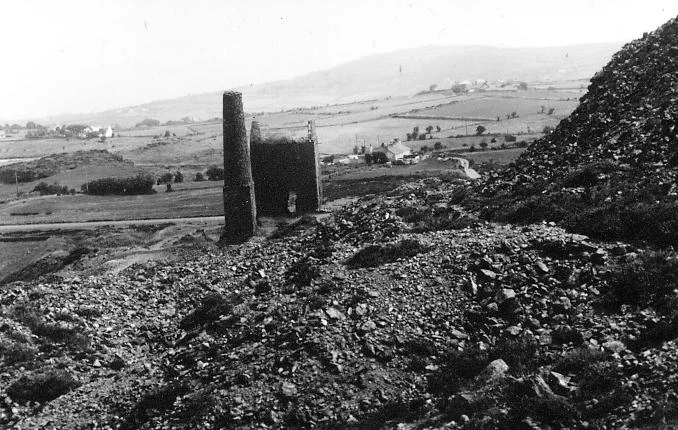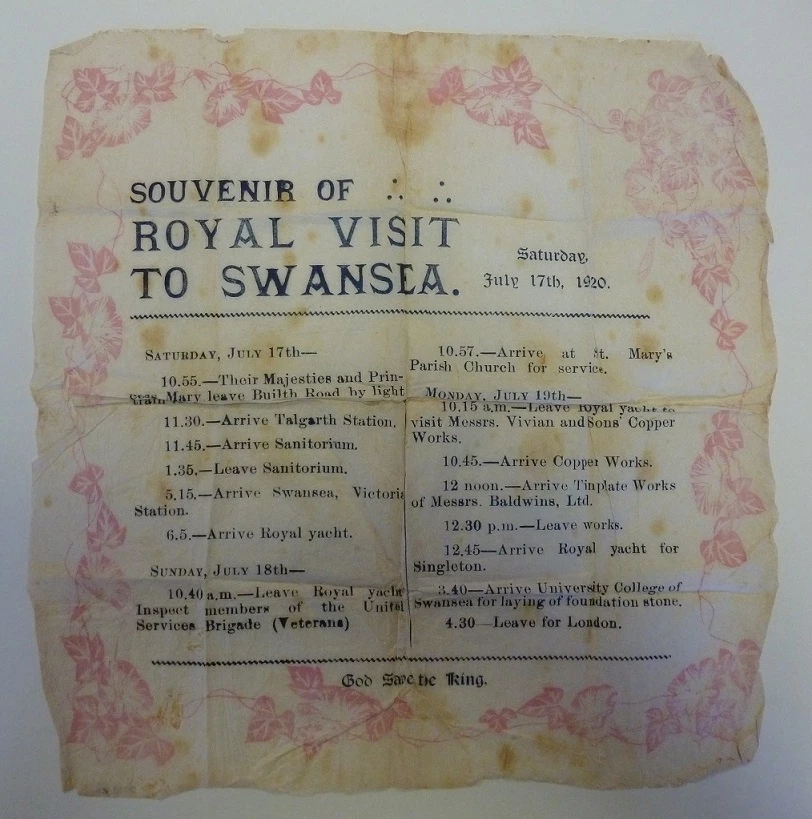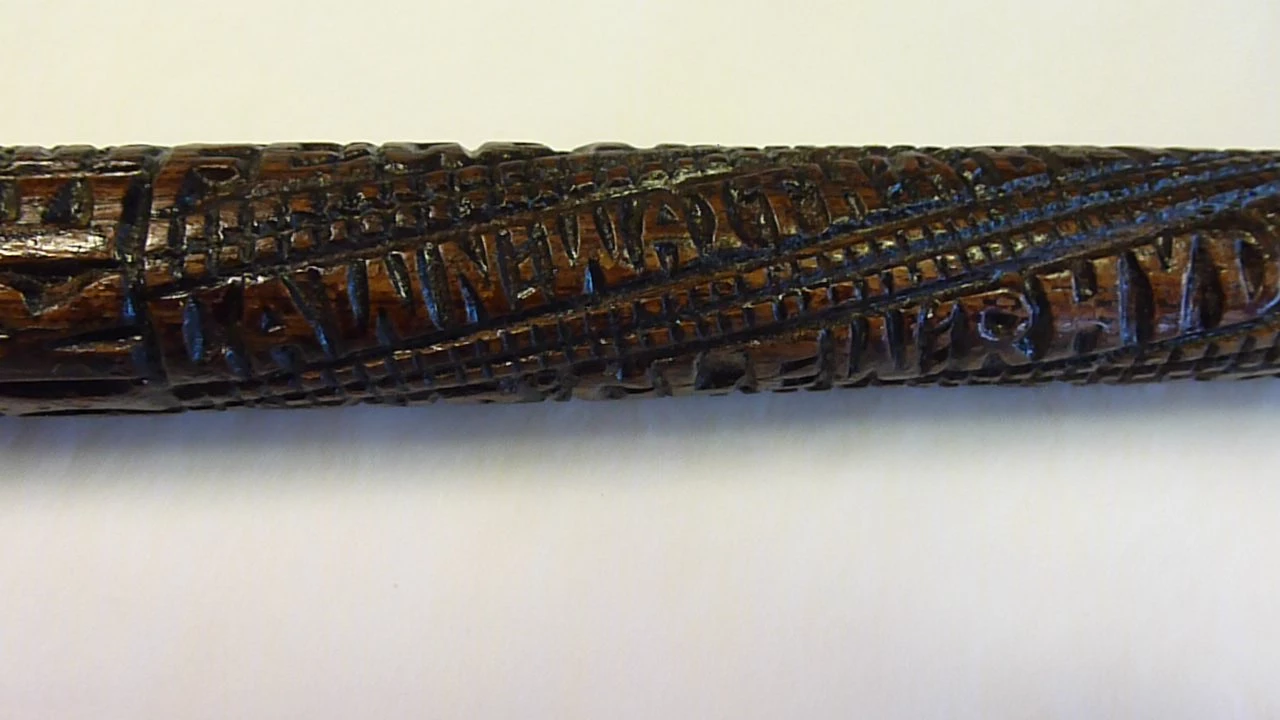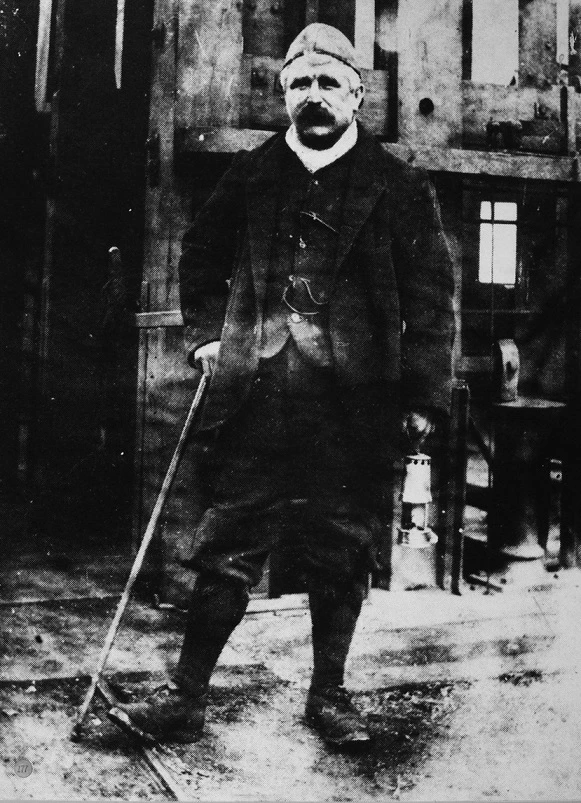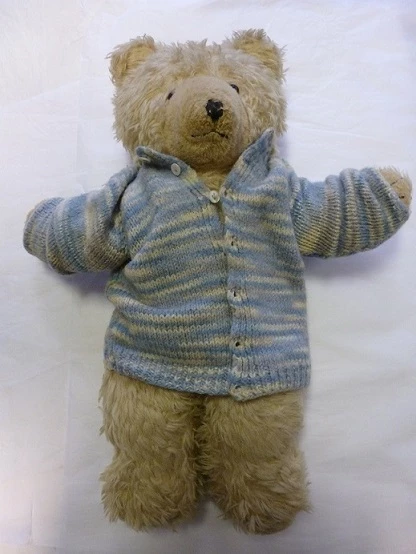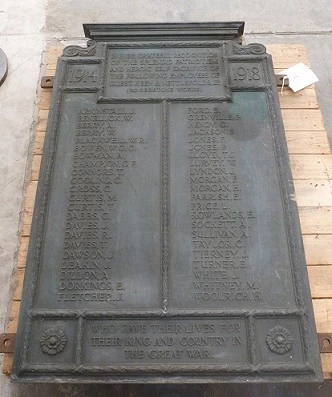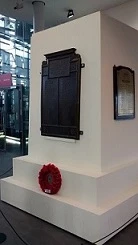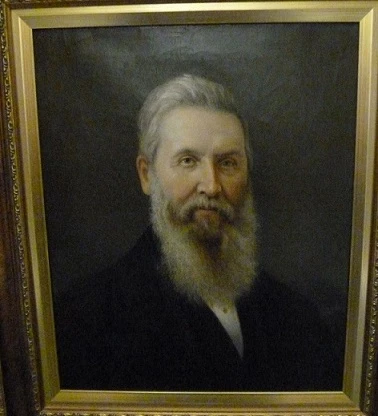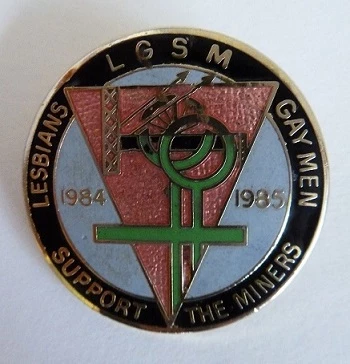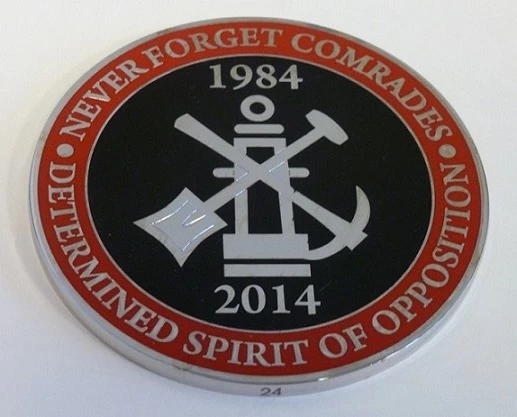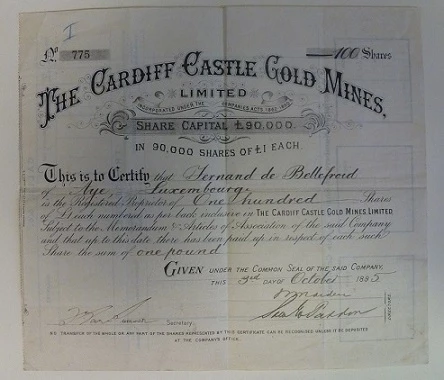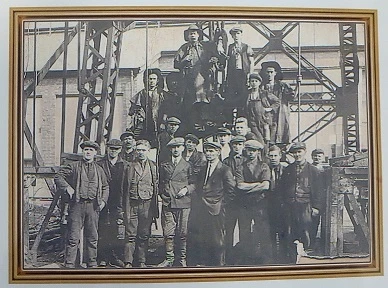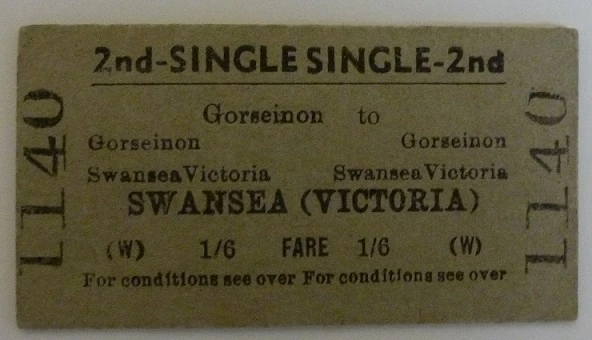With Christmas almost upon us I thought I'd start this month's blog with a few wintery scene from our photographic collections. The first photograph is attributed to Mary Dillwyn (1816-1906), sister to John Dillwyn Llewelyn (1810-1882), and was taken in the Winter of 1853/54 probably on John's estate at Penllergare near Swansea. It is very likely to be the first photograph of a Welsh snowman! The second shows Big Pit colliery, Blaenafon (now Big Pit: National Mining Museum) in the snow in 1978.
This month has seen quite a number of new additions to the industry collections. One of the most interesting are these two oil on canvas portraits of Thomas Jenkins and his wife Susannah. Thomas Jenkins was owner of the Avon Vale Tinplate Works (which opened in 1866) and Aberavon Tinplate Works (which opened in 1875), both located at Aberavon, Port Talbot. After his death in 1891, his shareholding was inherited by his two daughters, one of whom had married Colonel David Roderick David, one of Thomas Jenkins' co-partners in the Avon Vale Tinplate Works. The other married William M. Jones, a local ship owner whose vessel 'Sisters' is recalled by the family as having carried the works' product for export.
Neither works are signed nor dated, but both are inscribed on the reverse by the sitters. The inscription states that they sat on their respective 71st and 66th birthdays in February 1879.
This piece of coal was removed by open cast methods from a coal pillar left in the 9' seam at Abercraf Colliery workings in the late 1990s. We have a number of samples in our collection of coal from various Welsh pits including, some mounted like this one, but also many samples collected on the last working day of various collieries.
Many of you will have seen the recent film 'Pride'. If so you'll know the amazing true story of how a group of gay men and women raised funds to help families affected by the miners' strike. This badge was purchased by the donor "at an all night fundraiser for mining families held at the Scala cinema in Kings' Cross in early 1985. At the time they were sold for £2.50 each (which was quite a lot in 1985) with all proceeds going to straight to the Lesbians & Gaymen Support the Miners fund."
We have also had a number of other donations this month relating to the 1984-85 miners' strike. This badge was produced during the 1984-85 miners' strike, and was apparently designed by Tyrone Jenkins, a South Wales cartoonist. We would love to know more if anyone has any information.
2014 was the 30th anniversary of the start of the strike, and this limited edition medallion commemorates this.
We have added a further two share certificates this month to our collection. The first is for The Wemyss Mine Limited, and is dated 1885. The first Wemyss Mine Ltd. Company was floated in 1880 to acquire the Wemyss lead mine adjacent to the Frongoch lead mine near Pontrhydygroes in mid-Wales. After its collapse in 1884 it was replaced by a second company of the same name registered in 1884, to which this certificate relates. In the years 1885-1889 when worked by this company, the mine employed only a dozen men and produced very modest tonnages of lead and zinc ores. The company ceased work in 1889 and was struck off in 1894.
The second certificate very surprisingly relates to the Cardiff Castle Gold Mine!! No, there isn't gold under the castle! This was actually an Australian enterprise run by Welsh emigrants located in the internationally famous Coolgardie goldfields in Western Australia. The company was London-registered in 1895 and so the name probably served as both a sentimental attachment for the emigrants as well as a marketing tool to attract British investors.
This photograph shows the sinking of Wyllie Colliery in the Sirhowy Valley in 1925/26. Wyllie Colliery was sunk by the Tredegar Iron and Coal Company, and named after a director of the company, Alexander Keith Wyllie. It was the last deep mine to be sunk in Monmouthshire, and one of the last in south Wales. The colliery was closed by the National Coal Board in March 1968.
Finally, this 2nd class single ticket is said to have been used on the last train to run from Gorseinon to Swansea (Victoria). It is dated 13 June 1964.
Mark Etheridge
Curator: Industry & Transport
Follow me on Twitter - @CuratorMark
